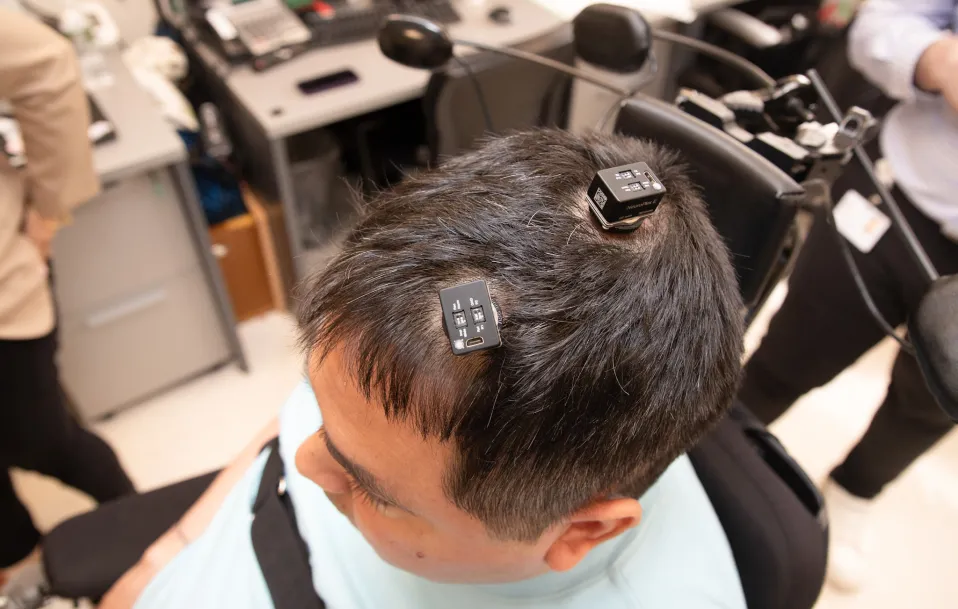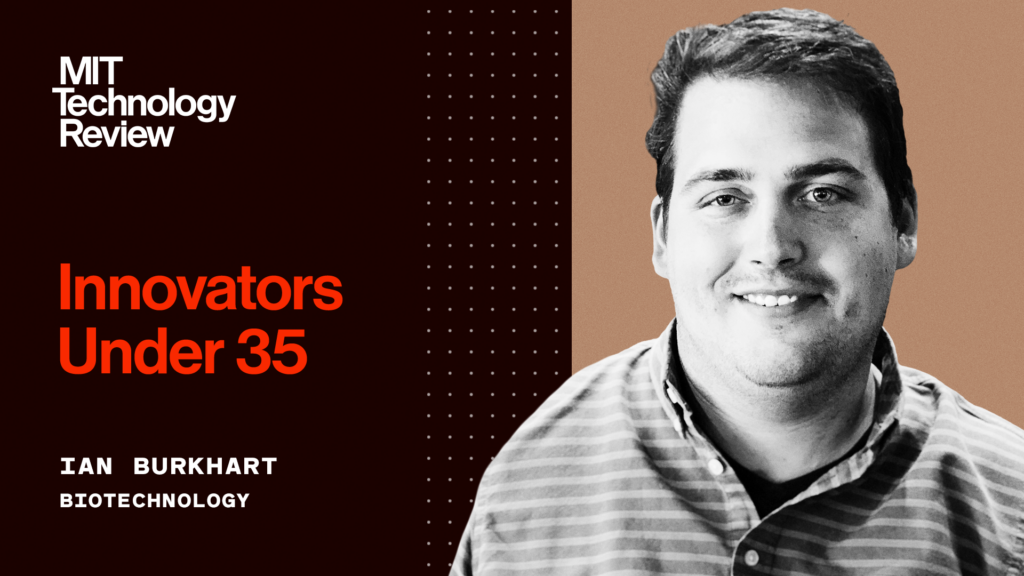For the first time, a person with paralysis has regained both movement and sensation through an implanted brain-computer interface.
A recent TIME feature profiles Keith Thomas, a 45-year-old man who was paralyzed from the chest down after a 2020 diving accident. In a groundbreaking clinical trial led by Chad Bouton and his team at the Feinstein Institutes for Medical Research (Northwell Health), Thomas became the first person to experience restored movement and touch using a double neural bypass — a new approach connecting both the brain and spinal cord.
Researchers implanted five microelectrode arrays in the regions of Thomas’s brain that control movement and sensation. During surgery, Thomas was briefly awakened so doctors could pinpoint exact brain areas responsible for hand motion and touch. The implanted system captures brain signals when he imagines moving, decodes them with AI, and routes them to external stimulators that activate muscles and sensory nerves below his injury.
This “double bypass” design not only reconnects the brain to the body but also helps reawaken dormant spinal pathways. Since the procedure, Thomas has regained partial voluntary movement in his right hand — even when not connected to the computer — and can feel touch on his forearm and hand.
While still in early stages, the trial marks one of the first demonstrations of a BCI restoring both motor and sensory function in a human. The team plans to expand the study to more participants and is developing a non-invasive version aimed at broader use among people with paralysis or post-stroke mobility loss.
For the BCI community, this represents more than a technical achievement — it signals a step toward restoring natural, embodied interaction for people living with paralysis. It also underscores the need for continued patient-centered development, long-term safety studies, and equitable access to emerging neurotechnology.
Read the full article: Exclusive: For the First Time, New Tech Enables Paralyzed Man To Move and Feel Again


